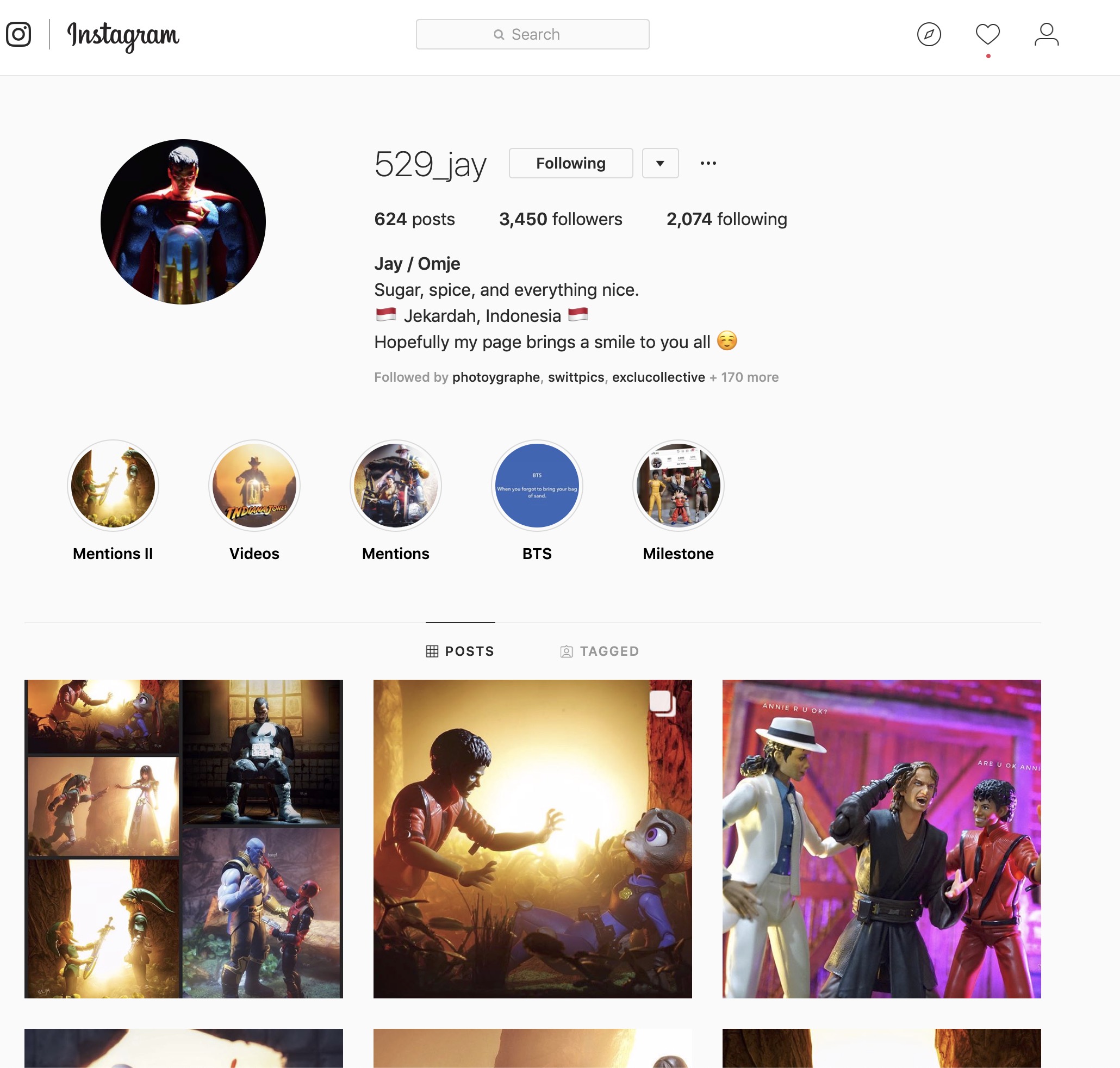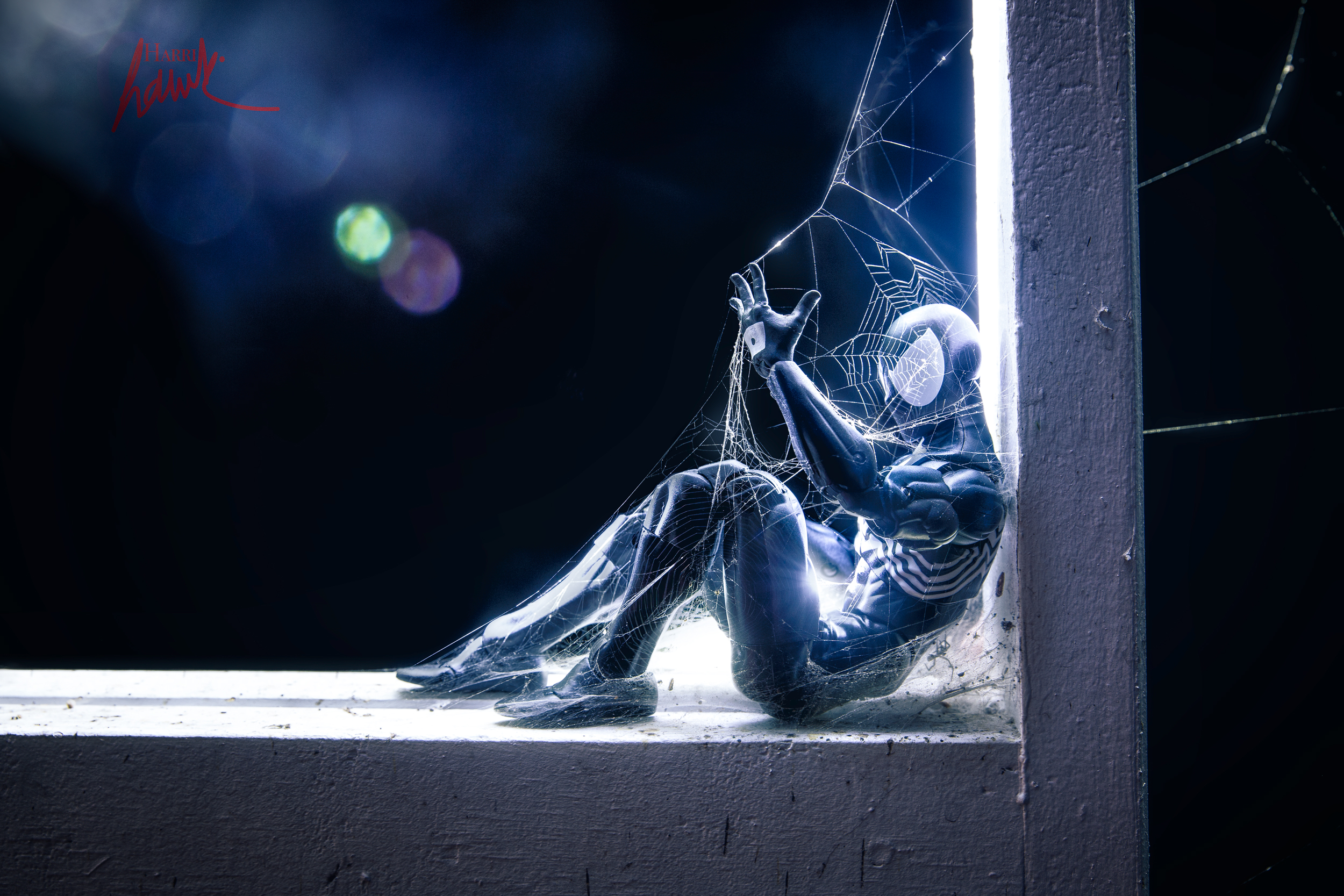To photoshop or not to photoshop, that is the question...
In today's fast-paced, technology-saturated world, photography has in its self become a multifaceted medium and art form with many different people, artists, creatives etc: using it to portray their own unique style and ideas. Photography equipment has evolved at an unprecedented rate over the last few decades too. It wasn’t long ago that we were developing film in dark rooms, burning and dodging photographic paper to get the correct exposure, which in itself was an art form that was used by the “true photographers” of the day. But fast forward to now and the once niche market of photography has exploded and is readily accessible to virtually everyone, from the invention of the digital camera and the smartphone.
With this technology, everyone has become a photographer. There was a time when digital photography was frowned upon as quick, easy and not “true photography” as it took the skill out of actually knowing the process and theory of photo taking.
Even more so, with the development of image altering software like photoshop and apps that allow editing on your smartphone or tablet, the photography world is well and truly in the digital era.
The reason I bring these points up is to lead into my interpretation of toy photography. In my relatively short timeline in the toy photography community, I have developed a style that embraces both the technology of the digital age, as well as the process of understanding photography. To give you some context, I was once a graphic designer and an art director in the ad world and then went into wedding and portrait photography. In both these disciplines, one needs to take hold of and understand photography. Knowing your equipment, light, exposure etc is essential.
Now that I am starting a new chapter with toy photography and have a skill set based on what I’ve learned, it allows me to express my ideas in a unique and creative way.
So what do I consider myself then? A photographer or a digital artist? First and foremost, I consider myself a photographer. A photographer that has a digital artist skill. I pride myself on the fact that I do not use any stock images or google images to make up my artwork and final pieces. I find it more rewarding and stimulating creating my own images, whether it be one shot or multiple shots that I comp together.

There are a lot of really talented photo illustrators/digital artists that are skilled in retouching and comping together amazing surreal images but, in a lot of these cases, they have used some, if not all, images that aren’t their own. I am not judging, far from it, I can appreciate and respect their technique and approach, I just enjoy the whole process of concept, taking the pics and then comping it all together and in a lot of instances, digital artists leave the “taking the pics” step out.

@asabinartuses a lot of free stock images, he is an amazingly talented artist, follow him on Instagram

@learn_photoshop is a great platform that shows off talented artists work. Mostly from images that they get off the internet.
Within the toy photography community, however, there seems to be different distinctions and opinions of “what is toy photography?” There are very talented toy photographers who conjure up amazingly intricate, surreal scenes by using practical effects. This method seems to be extremely popular. It’s the process of relying on real-world objects, effects, and techniques to get the desired effect, without the use of photoshop or any other image altering software.
 @SgtBananas
@SgtBananas
@Plasticaction
 @Mitchelwuphotography
@Mitchelwuphotography @529_Jay
@529_JayThese are just 4 very talented photographers that I follow, that rarely use post-production. @sgtbananas, @plasticaction, @mitchelwuphotography, and @529_jay. Their process is in the creation of the scene before they take the picture. Detailed and highly realistic looking dioramas are often used, cotton wool for clouds, colored cellophane paper to depict fire etc. Sure they might use photoshop to remove the wire holding the basketball in the scene, but the overall shot is usually made up of one shot.
For me though, the fun is in actually executing the creativity after the shot/shots have been taken. Obviously, there are times when I will use practical effects for certain details, even do the whole shot without the use of photoshop, other than to tweak color, contrast etc…


The above 2 shots were shot as is, with Wall•E, I used atmosphere Aerosol (a great product to create the smokey effect) and the Spiderman shot I waited for 6 days for the web to be created, I only used photoshop to enhance the colors.
But generally, I dive into photoshop. I find it gives me more freedom with my ideas, allowing me to think out the box and not be restricted but the limitations when shooting miniature figures. I think the artists that create street scenes and intricate sets for their shots are phenomenal, the time and effort that goes into some pieces are truly mind-blowing.
But, again this is my opinion, it limits my creativity.

I try and make the images resonate with the viewer because I try, most times, to put them into real-world scenarios. I also think it comes down to the fact that I feel more comfortable photographing scenes and comping them together as opposed to building sets etc. And because I can photoshop things, I can really indulge my creativity because, if there is something that seems impossible to achieve with a certain shot, chances are that I can make it work post-production.

Another big thing for me is what toys I use. Personally, I like to use highly articulated toys, so that they are easily manipulated into the positions I want. I have never taken any LEGO shots for example. Let me just say that I'm a huge fan of LEGO. My kids are starting to play with my LEGO sets that I had when I was a little boy (old school fire station, shell garage etc). They just seem limiting to me though, in terms of their movement. However, I'm working on an idea that does incorporate LEGO into a surreal scene with my kids so stay tuned:)
With so many toy photographers around the world, there are so many different approaches and techniques used to achieve results. At this stage in the “toy photography story”, I think there is a small percentage of artists that are using a lot of post-production/digital artistry in their work but I think the majority of photographers are using the practical approach. I think it is a niche creative space within the toy community just because of its barrier to entry:
1. Not everyone has the equipment
As I mentioned earlier, the pace of the digital photography revolution has been astounding, allowing the chance for anyone to become a “photographer” with just a smartphone. A lot of people, on their Instagram bio, put “shot on my iPhone” or “Galaxy”. Sure you can edit and manipulate any image, even on a smartphone app, but having a camera with decent lenses does take your images to the next level, but that next level is sometimes expensive if you also add in computers/laptops and software.2. Not everyone has the knowledge
Taking a photo on your phone or even your DSLR camera is one thing, but understanding how to use light, camera settings and techniques is a skill set that not many people have. As mentioned in point 1, you can edit any photo taken with your phone, but knowing the process of capturing the image, does make for better images and results. The editing process in post-production is a whole other ball game. Learning a program like photoshop is a tedious and sometimes frustrating process that some people find too big a mountain to climb.3. Time
A lot of the toy photographers that I have come across and have become friendly with, do this as a hobby in their spare time, after work, in the evening, during the weekend. It’s their way of being creative and having fun. This is a hobby for me too. Being able to do photo manipulation, whether it's a quick color correction or an elaborate scene all takes time.The behind the scenes video that was shown on the youtube channel: 52 things of my workflow and process was only a 6minutes highlight real of what goes into my creative process. From the conceptualization to the shoot, to post; the whole process took about 9-11 hours.

I would love to see more and more elaborate pieces come to light, but I think the reality of these 3 points (and there are a few others) makes photo illustration within the toy photography community a style that is unique and although appreciated, not a mainstream method,
But I hope that I'm wrong about this and there is a flood of amazing creatives that forge ahead with surreal toy photography in the future.

I am truly amazed and constantly surprised by the level of creativity and artistry that I see on a daily basis from the toy photography community. Even from people with no clear knowledge of photography or lack of equipment, the images and ideas that are produced are inspiring. I'm by no means an expert on photography or photoshop and I'm still relatively new to the toy photography game, but the one thing that is evident, is the passion, the friendships and most importantly the FUN that is at the core of taking photos of toys. No matter your skill set or your equipment, your ability to photoshop or just use your iPhone camera, the mere fact that this is a FUN passion that strikes a chord with so many hundreds of thousands around the world is an amazing family to be a part of. It's a medium that reminds us of that inner child and connects us to like-minded people from all walks of life…
Keep snapping fellow toyers!
Gibbo AKA @harri.hawk





Comments
Post a Comment